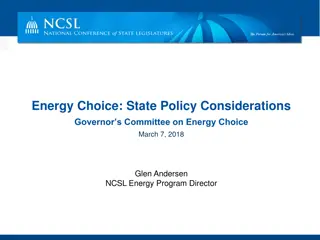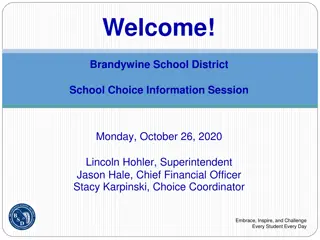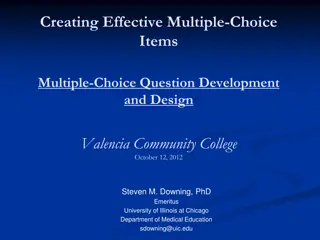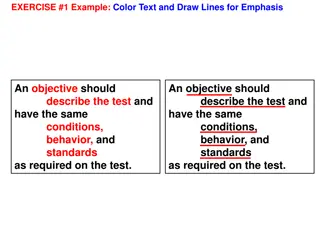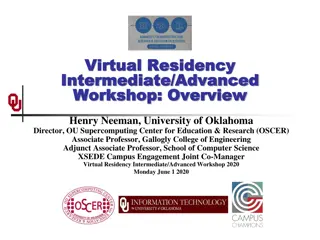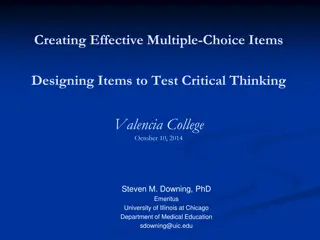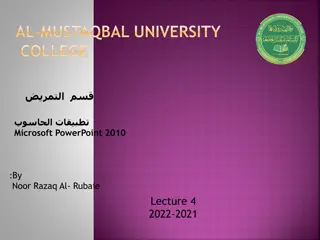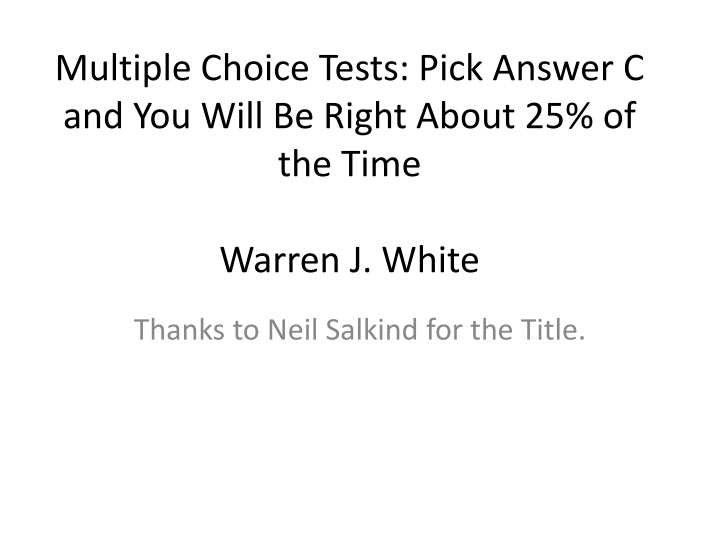
Insights into Structured and Unstructured Tests in Educational Assessments
Explore the differences between structured and unstructured tests, their advantages, disadvantages, and their impact on assessing student knowledge and skills in educational settings. Learn about the nuances of multiple-choice tests, item analysis, and more.
Download Presentation

Please find below an Image/Link to download the presentation.
The content on the website is provided AS IS for your information and personal use only. It may not be sold, licensed, or shared on other websites without obtaining consent from the author. If you encounter any issues during the download, it is possible that the publisher has removed the file from their server.
You are allowed to download the files provided on this website for personal or commercial use, subject to the condition that they are used lawfully. All files are the property of their respective owners.
The content on the website is provided AS IS for your information and personal use only. It may not be sold, licensed, or shared on other websites without obtaining consent from the author.
E N D
Presentation Transcript
Multiple Choice Tests: Pick Answer C and You Will Be Right About 25% of the Time Warren J. White Thanks to Neil Salkind for the Title.
Agenda Structured vs. Unstructured Tests General Quality Standards of Multiple Choice Tests Bloom and His Taxonomy The Table of Specifications Analytics for Multiple Choice Tests
Structured Tests Have limited number of response options. True-False Multiple Choice Matching Fill-in-the-blanks
Unstructured Tests Have a wider variety of response options controlled by test taker. Technical writing Oral presentation Procedural demonstration Case study Portfolio
Pluses for Structured Response Tests Comprehensive knowledge assessed Scoring economical and speedy Moderate to high reliability Amenable to statistical analysis Amenable to collection of comparable and trend data
Minuses for Structured Tests Items laborious to construct Higher order thinking skill items even more difficult to construct Test security a requirement
Pluses for Unstructured Response Tests Higher order thinking more easily assessed Moderate to high authenticity for real life tasks Requires greater student activity and engagement Minimal influence of guessing on performance Ease of construction
Minuses for Unstructured Response Tests Need scoring key/rubric Scoring requires significant time Pre-calibration of evaluators needed to increase reliability More difficult to assess broad range of knowledge quickly Copmparative and trend data harder to collect
Focus on Multiple Choice Tests Commonly used Lange classes High stakes testing Item analysis highly developed Facilitates systemic item improvement
General Terminology Stem-sets the premise for the question Correct alternative Distractors-incorrect alternatives
VERY BASIC Guidelines Handout
Characteristics of Multiple Choice Items that Measure Higher Order Thinking Difficult to construct-must develop context Require lots of context-reading selections, scenarios, vignettes, tables, charts, graphs Require more testing time Should be reviewed by others
Analytics for Multiple Choice Tests Item difficulty Index Item discrimination index Distracter Analysis








